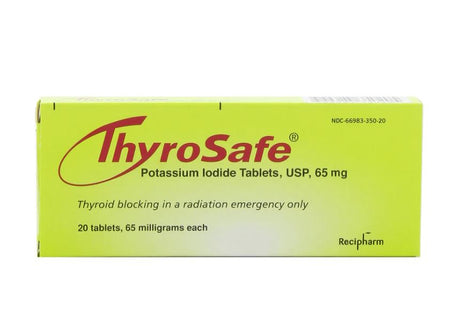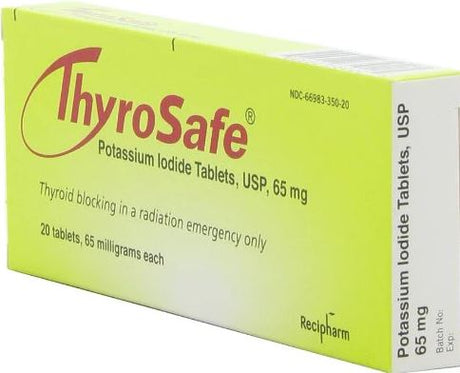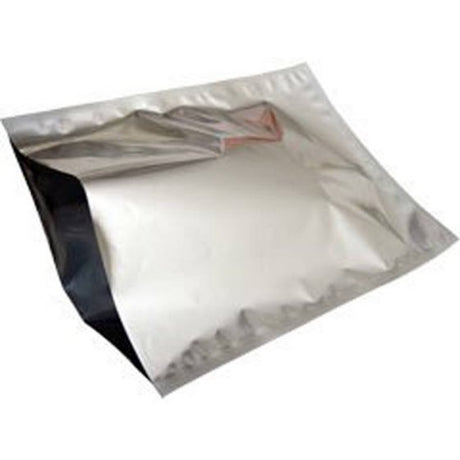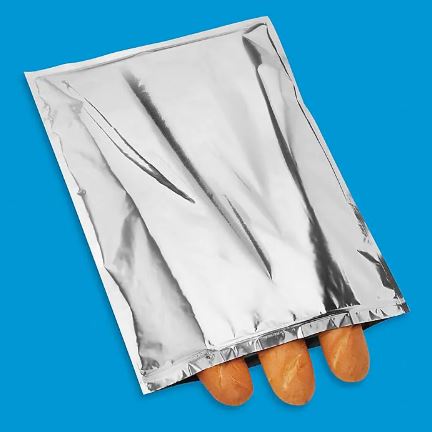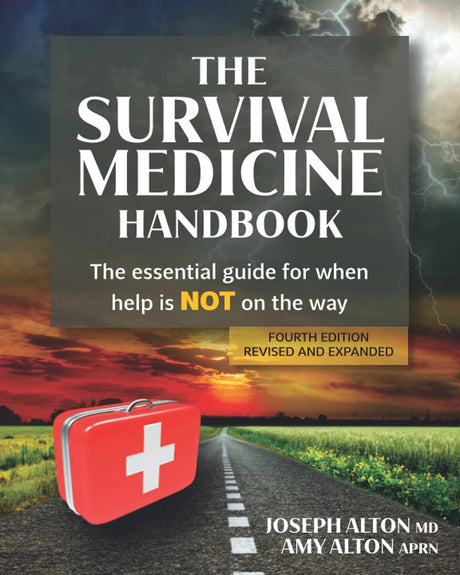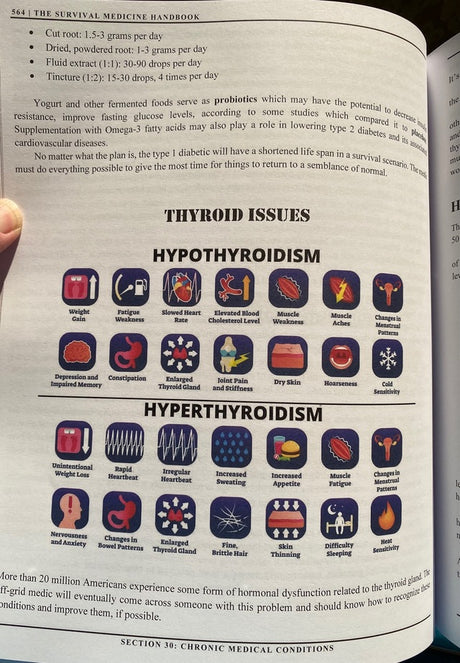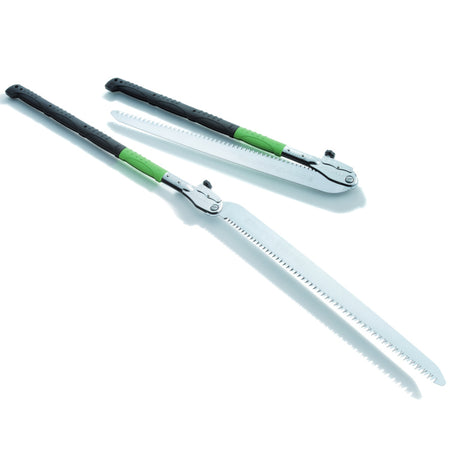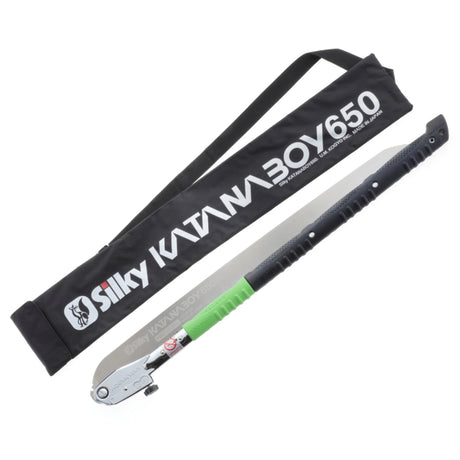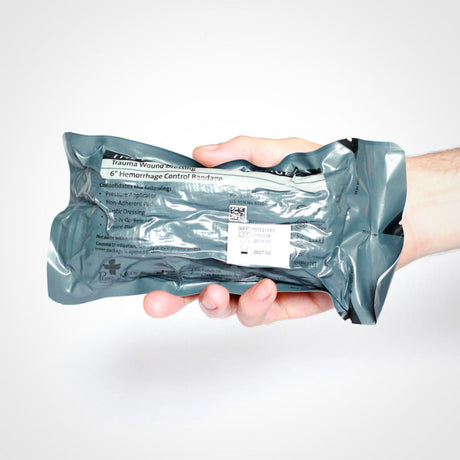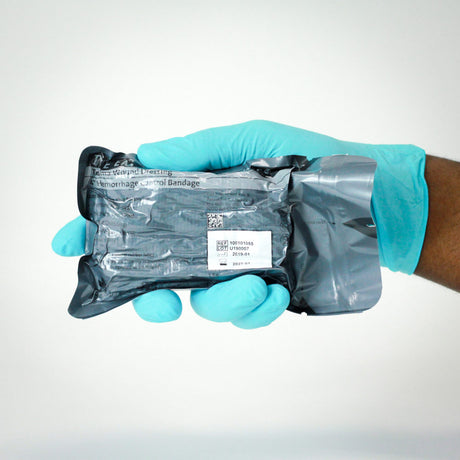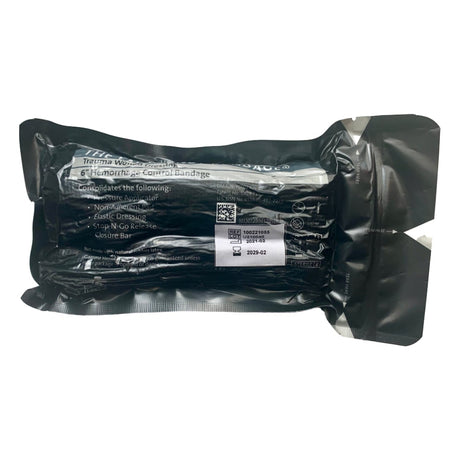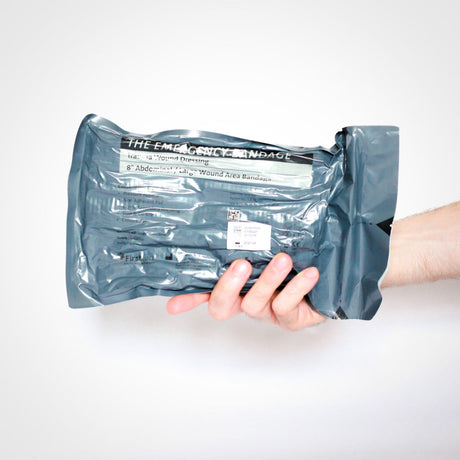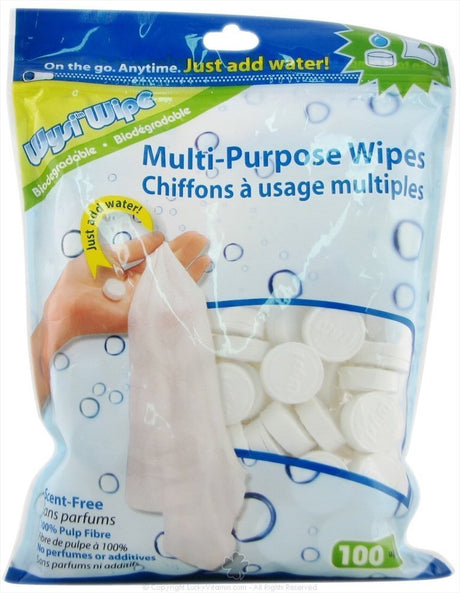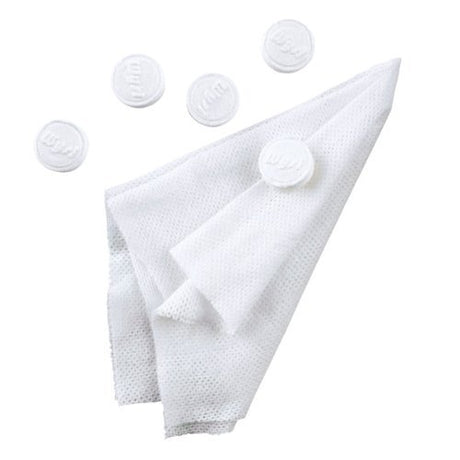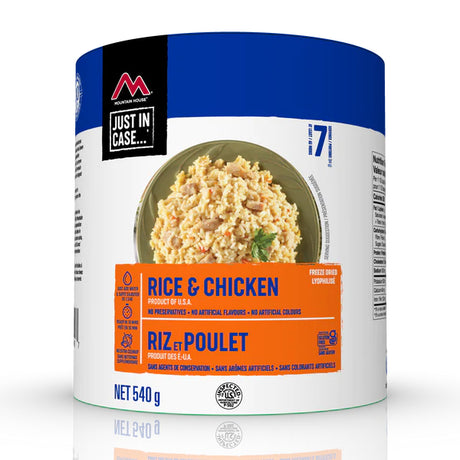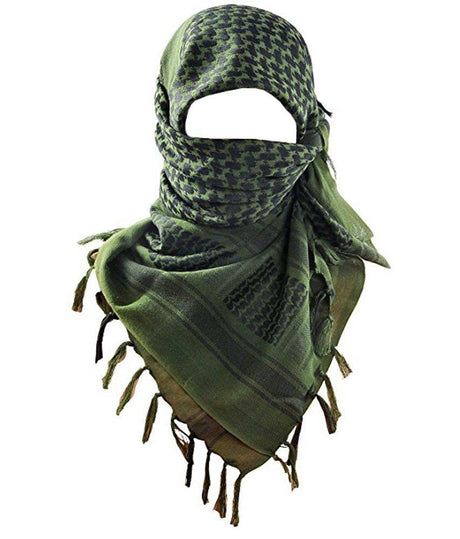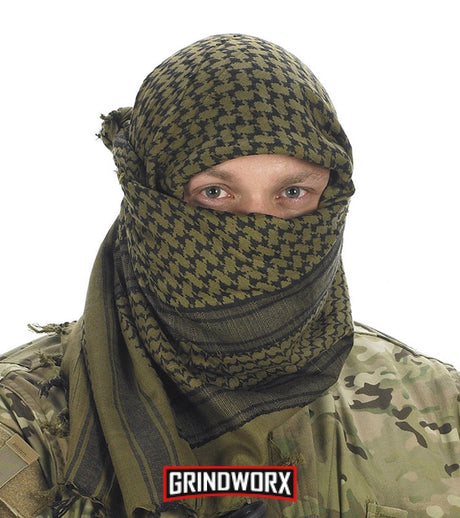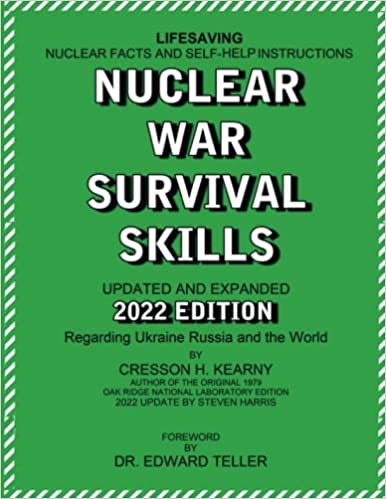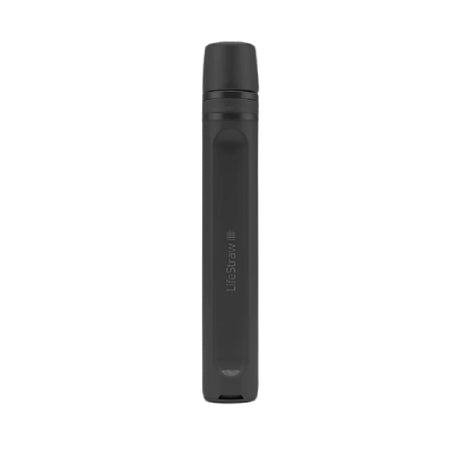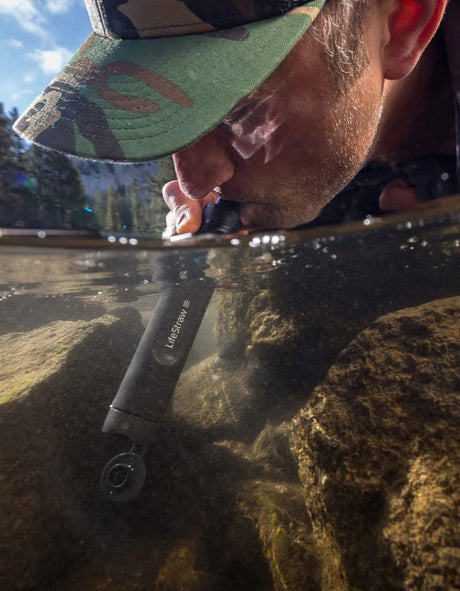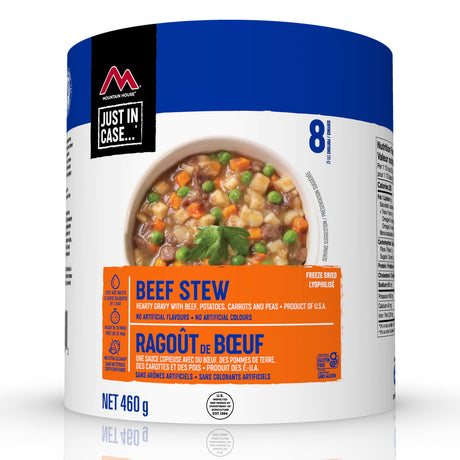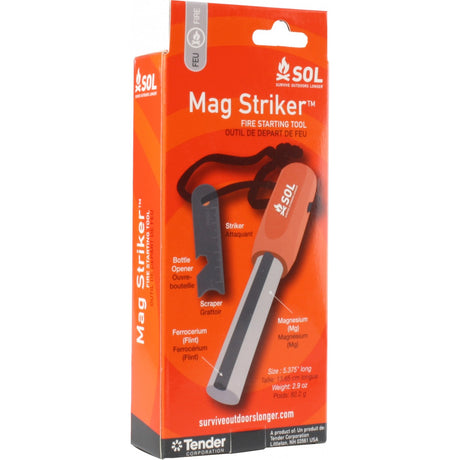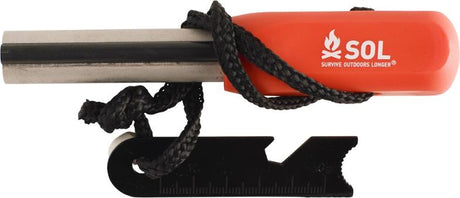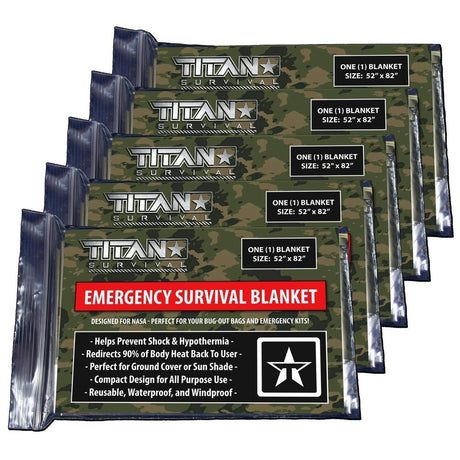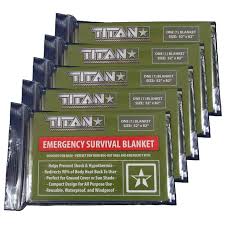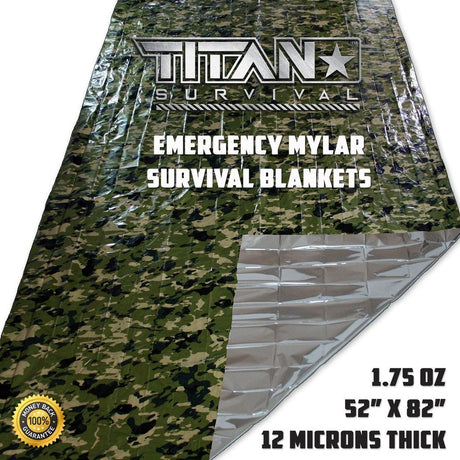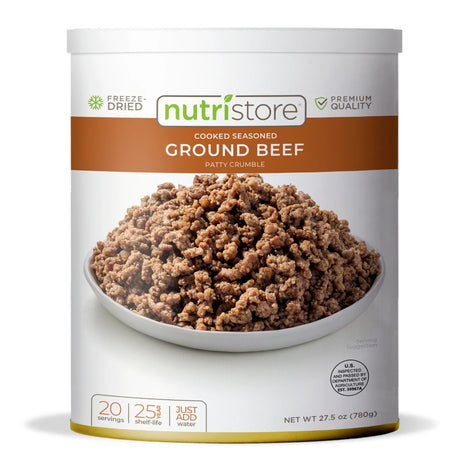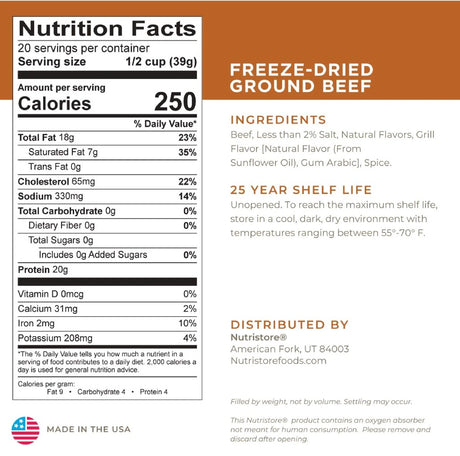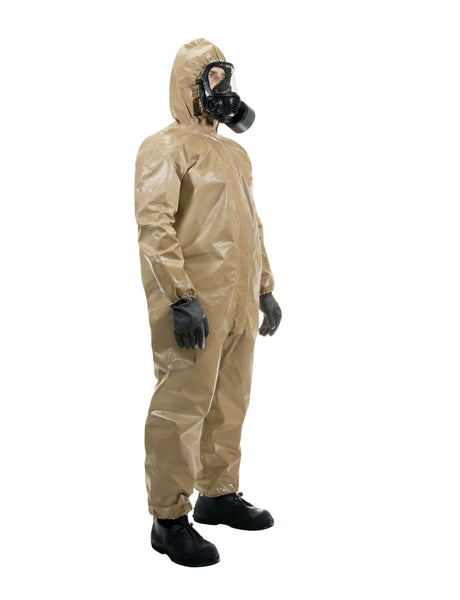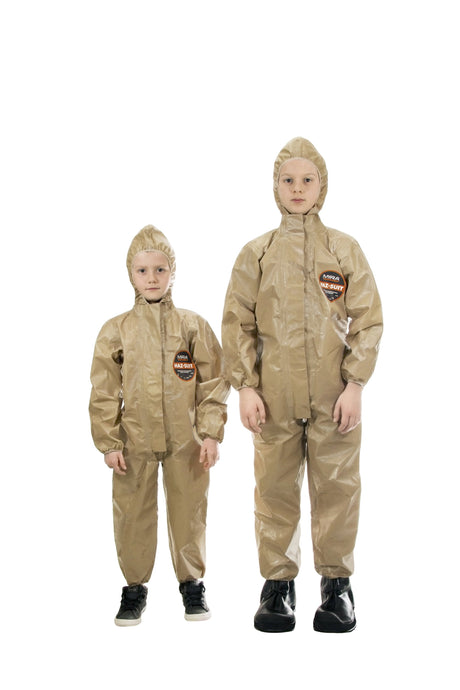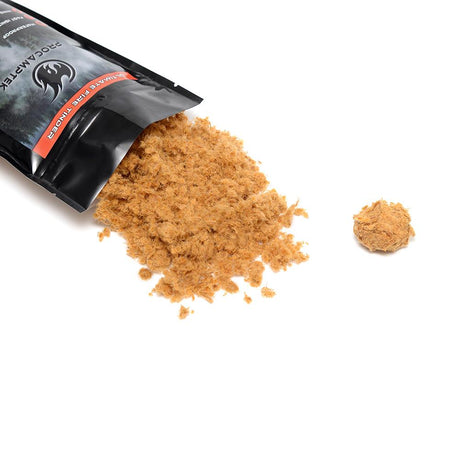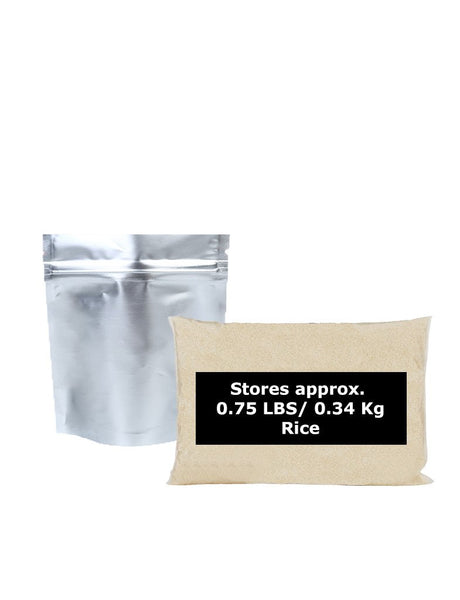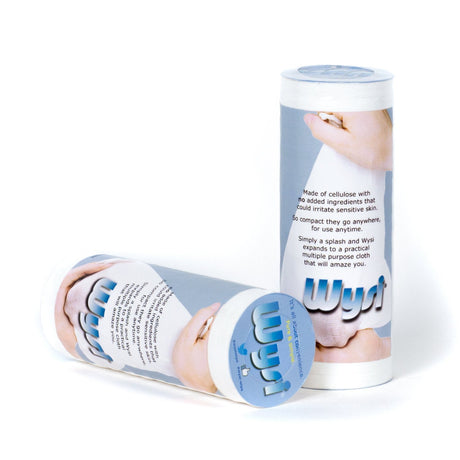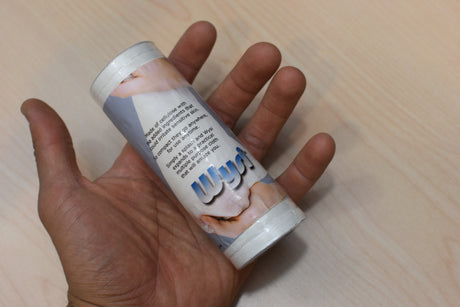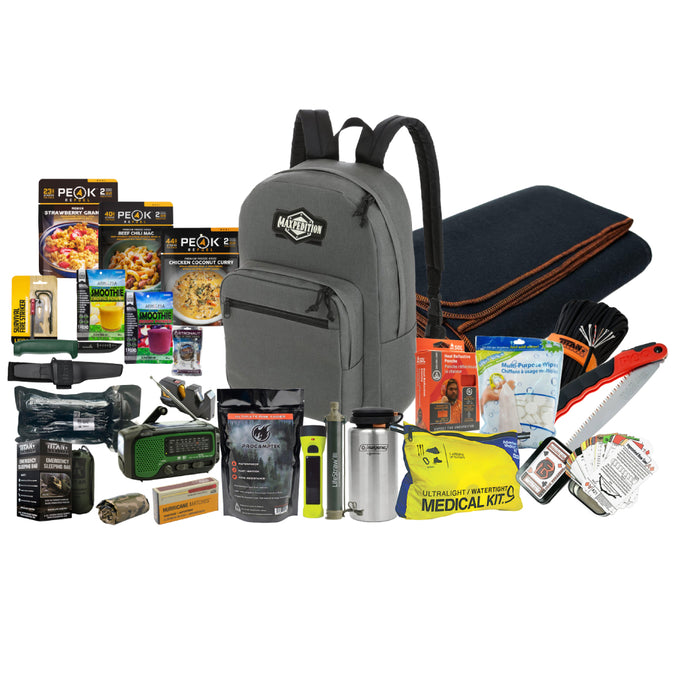
The Importance of Emergency Supplies
In a world where unexpected events can disrupt the status quo, having emergency supplies can mean the difference between safety and vulnerability. Whether it's a natural disaster, power outage, or unforeseen crisis, being prepared with the right tools is crucial. Canadian Preparedness emphasizes the role of quality and reliable supplies in ensuring safety and readiness during such times.
Emergency supplies are not just about surviving the initial impact of a disaster; they are about sustaining oneself until normalcy is restored. A well-stocked kit can provide peace of mind, knowing that essentials are at hand. This preparedness is not limited to survivalists but is a prudent step for anyone wishing to safeguard against potential crises.
Essential Items in Your Emergency Supplies Kit
Food and Water Provisions
Canadian Preparedness advises that every emergency supplies kit should start with a solid foundation of food and water provisions. Water is the pillar of survival, with a recommendation of at least one gallon per person per day. Freeze-dried foods are a popular choice, providing convenience and a long shelf life, ensuring you are nourished until the situation stabilizes.
Tools and Safety Gear
No emergency kit is complete without the right tools and safety gear. Flashlights, a multi-purpose knife, and a battery-powered radio are just a few essentials that can enhance your preparedness. For those who prioritize safety, investing in items like the MIRA Safety CM-6M Gas Mask can provide advanced protection against a range of threats, from chemical to biological hazards.
Additional tools may include fire starters, portable heaters like the Heat Hogs line, and NOAA Weather radios, ensuring you are informed and equipped for changing conditions. It is also wise to include a whistle, dust masks, and a basic first aid kit to address immediate medical needs.
Shelter and Clothing Considerations
Emergencies can quickly become survival situations where shelter becomes vital. A sturdy tent, sleeping bags, and thermal blankets are crucial items that provide refuge against the elements. Canadian Preparedness offers gear that stands up to harsh conditions, ensuring warmth and protection in uncertain times.
Clothing choices must be practical and weather-appropriate, including waterproof jackets and durable footwear. When preparing for emergencies, layering is key; include extra socks, thermal undergarments, and a change of clothes to maintain body temperature and comfort. Prioritize clothing that can withstand rain and wind while offering mobility.
The Role of Education in Preparedness
Knowledge is a powerful tool in any emergency. Canadian Preparedness provides an array of survival books covering topics from edible plants to survival medicine, empowering individuals to make informed decisions. These resources aim to increase your survival IQ, providing guidance on how to handle various scenarios effectively.
Workshops and safety drills also play a critical role in preparedness. Participating in community events or educational sessions can familiarize individuals with emergency protocols and procedures. This hands-on learning approach instills confidence and readiness, making practical survival knowledge accessible to everyone.
Anecdotal evidence suggests that those with education in survival tactics feel less panic and more control during actual emergencies. Sharing these insights within communities can foster a broader culture of preparedness, ensuring more people are equipped with the necessary skills to face unexpected challenges.
Exploring Unique Solutions for Emergency Preparedness
Canadian Preparedness encourages thinking outside the box when assembling your emergency supplies kit. Consider items like solar-powered chargers and portable water filters, which offer sustainable solutions in prolonged outages. These innovative tools not only extend survival capabilities but also provide environmental benefits.
Another unique addition could be a tactical pen, a discreet yet effective self-defense tool. Portable generators and hand-crank radios also provide additional layers of security, ensuring power and communication remain accessible. Exploring these less common options can enhance the versatility and effectiveness of your emergency preparations.
Common Misconceptions About Emergency Supplies
One of the most prevalent misconceptions is that emergency supplies are only necessary for those living in disaster-prone areas. However, as recent global events have shown, emergencies can strike anywhere, making preparedness a universal necessity. Canadian Preparedness promotes the idea that readiness is relevant to everyone, regardless of geography.
Another myth is that assembling a kit is prohibitively expensive or complicated. While high-quality gear can be an investment, starting with basic essentials and gradually building your kit is a practical approach. Many items, such as canned food or basic hygiene products, are affordable and readily available, making it easy to begin preparing today.
Some also believe that having emergency supplies is a one-time task. In reality, maintaining your kit is ongoing, involving regular checks and updates to ensure everything remains in working order and within expiration dates. This continuous process ensures that your emergency supplies are always ready for use, providing reliability in times of need.
Personal Insights on Emergency Preparedness
Anecdotal insights often shed light on the human aspect of preparedness. One Canadian Preparedness client shared how their emergency kit provided crucial sustenance during a prolonged power outage in winter. Their story highlights the importance of being proactive, illustrating how preparation offers not just physical but emotional security in distressing situations.
Another client recounted how a portable heater from Canadian Preparedness kept their family warm during an unexpected snowstorm, emphasizing the necessity of climate-appropriate gear. These personal experiences underscore the tangible benefits of investing in quality emergency supplies, inspiring others to take action and prioritize their safety.
By sharing these stories, Canadian Preparedness reinforces the real-world impact of readiness, encouraging a community-focused approach to emergency supplies.
How to Organize and Store Your Emergency Supplies
Proper organization and storage of emergency supplies can significantly enhance your preparedness efforts. Canadian Preparedness suggests using labeled bins or durable backpacks to categorically store items, ensuring easy access when needed. Such organization not only optimizes space but also allows for quick relocation in case of evacuation.
Consider the placement of your emergency supplies strategically within your home. Ideal locations include basements, closets, or other protected areas that offer both safety and accessibility. It's crucial that your stash remains visible and uncluttered, preventing it from being buried under other household items and ensuring readiness at a moment's notice.
Regular audits and updates are also essential to maintain the efficacy of your kit. Periodically checking expiration dates and replenishing used items ensures that your emergency supplies continue to serve their purpose, providing security and peace of mind in potential crises.
Questions and Answers
What are the most important items to include in an emergency supplies kit?
The most important items typically include water, non-perishable food, a flashlight, a first aid kit, and a battery-powered radio. It's also wise to have personal hygiene products, clothing suitable for various weather conditions, and any necessary medications. These are baseline essentials that address immediate survival needs, but additional items can be added to suit specific circumstances.
Where should emergency supplies be stored in the home?
Emergency supplies should be stored in a location that is easily accessible and safe, such as a basement or interior room. Ideally, the area should be known to all household members and should remain organized to prevent delays in retrieving items during an emergency. Proximity to your usual shelter area is also advisable to streamline the process of moving to safety.
How often should emergency supplies be checked and replenished?
Emergency supplies should be reviewed at least every six months to ensure all items are in good condition and within expiration dates. Any used or expired items should be promptly replaced to maintain the kit's readiness. Regular checks also provide an opportunity to update the kit based on new family needs or emerging threats.
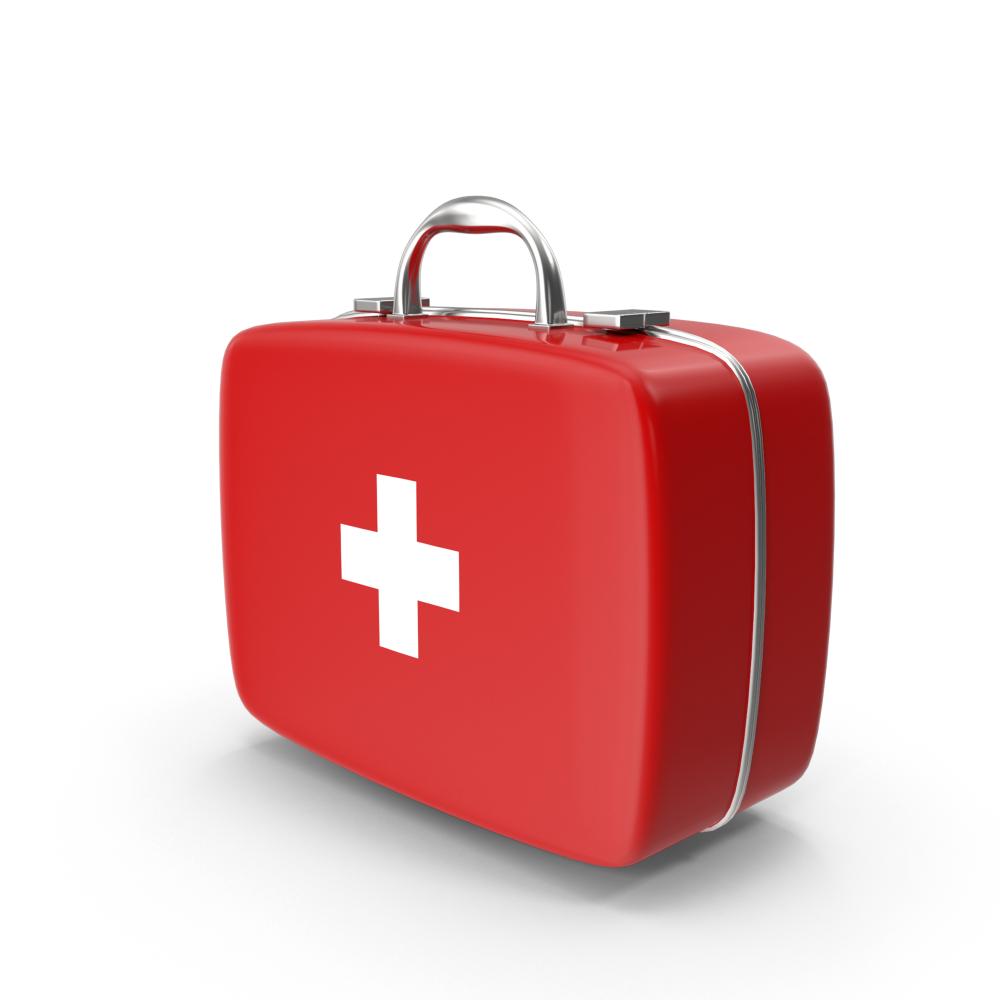
What are 10 items you need for an emergency kit?
Everyone's emergency kit will vary based on individual needs, but there are ten essential items that form a strong foundation. Start with water—aim for at least a gallon per person per day. Non-perishable food, such as freeze-dried meals, comes next. A flashlight with extra batteries, a first aid kit, and a multi-purpose knife are also crucial. Add a battery-powered or hand-crank radio for updates on conditions. Don't forget a whistle to signal for help and dust masks to filter contaminated air. Include personal hygiene products, and lastly, consider medications specific to your household's needs. By assembling these essentials, you'll be well-equipped for most emergencies.
What are the basic emergency supplies?
Basic emergency supplies should cover the essentials to sustain life and ensure safety during a crisis. Start with water and food that won't spoil quickly, like canned goods or energy bars. A good first aid kit, complete with bandages, antiseptics, and medications, is indispensable. Flashlights and batteries ensure you're never left in the dark, while a radio helps keep you informed of developing situations. Remember personal sanitation items, such as moist towelettes and garbage bags, to maintain hygiene in any circumstance. Keeping these basics on hand means you're prepared for a wide range of emergencies, bringing peace of mind in uncertain times.
What should be on an emergency list?
An emergency list is like a roadmap for survival, outlining the critical steps and items you'll need. Begin with contact information for family and friends and emergency hotlines. Next, list out your food and water supplies, including their locations. Catalogue all medical supplies and any medications your family requires. Highlight key tools, such as a flashlight, duct tape, and a fire extinguisher. You might also include instructions for shutting off utilities like gas or electricity. Finally, keep a list of important documents, like passports or insurance papers, ready to grab. Having this list prepared ensures that even in moments of panic, you have a clear plan to follow.
How to get a free emergency kit?
Finding a free emergency kit requires a bit of research and tapping into community resources. Often, local government agencies or non-profit organizations run programs that distribute free kits, especially in storm-prone regions. Check with your local emergency management office or community center to see if such programs exist. Some charities also provide kits to low-income families. Be proactive by attending safety fairs or preparedness workshops where kits are sometimes given out as part of educational outreach. Remember, building your own from basic items in your home is another cost-effective strategy if free options aren't immediately available.
How can unique solutions enhance emergency preparedness?
Thinking outside the box can vastly improve your preparedness. Consider integrating solar-powered chargers into your kit, ensuring power for devices during prolonged outages. Portable water filters are another smart choice, allowing access to safe drinking water from unconventional sources. A tactical pen might seem unusual, but it can serve as a defense tool and help break glass in emergencies. Hand-crank radios eliminate the need for batteries, providing reliable communication. These unique solutions add layers of security and adaptability, ensuring you are not caught off guard by unexpected developments.
What are common misconceptions about emergency supplies, and how can they be addressed?
One common misconception is that emergency supplies are only necessary for those in disaster-prone areas. Yet, as recent global events have demonstrated, emergencies can occur anywhere. It's also believed that preparing an emergency kit is costly or complex. In reality, starting with basic items and gradually building up your supplies is both practical and affordable. Monitoring expiration dates and updating your kit is an ongoing task, not a one-time event. Regularly revisiting these misconceptions helps to demystify the preparation process and encourages everyone to adopt a more resilient mindset.
Why is education considered crucial in emergency preparedness?
Education empowers individuals to make informed decisions during crises. Learning about survival tactics, such as identifying edible plants or performing basic medical procedures, can be life-saving. Canadian Preparedness advocates for workshops and survival books that enhance your knowledge. Engaging in educational drills or community events builds confidence, reducing panic when actual emergencies occur. By educating yourself and your community, you contribute to a culture of readiness that extends beyond individual households, fostering a more resilient society.
Resources
- Ready.gov - Ready.gov is a resource provided by the Department of Homeland Security that offers information on emergency preparedness and response for various types of disasters.
- American Red Cross - The American Red Cross is a humanitarian organization that provides assistance during emergencies and promotes preparedness through resources and training.
- Federal Emergency Management Agency (FEMA) - FEMA is an agency of the U.S. Department of Homeland Security that coordinates federal emergency response and disaster recovery efforts.
- Centers for Disease Control and Prevention (CDC) - Natural Disasters and Severe Weather - The CDC provides information on preparing for and responding to natural disasters and severe weather events.
- U.S. Fire Administration - The U.S. Fire Administration, part of FEMA, offers fire safety and emergency preparedness resources for individuals and communities.

